- Home
- entertainment
- news
- 20 things you never knew about Walt Disney
20 things you never knew about Walt Disney
Joanna Fantozzi,Frank Olito

- Walt Disney is known for his movies and parks, but there are some things you might not know about the man himself.
- He holds the record for the most Academy Awards wins by a single person ever.
- He also created propaganda for the United States government during World War II.
Oswald the Lucky Rabbit was Disney's first cartoon, not Mickey Mouse.
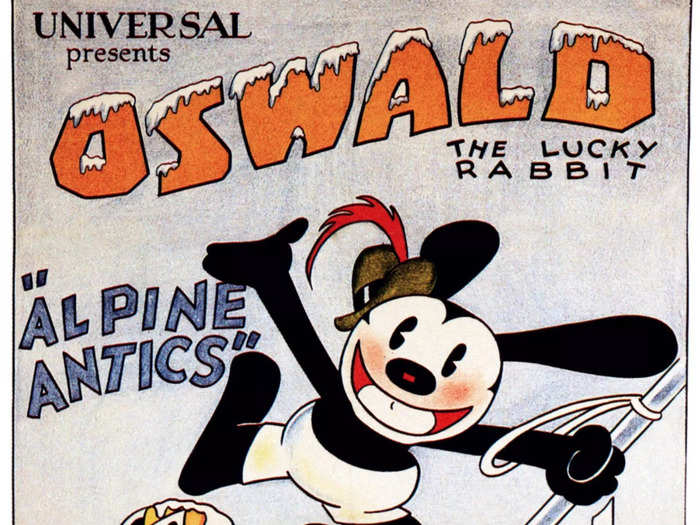
Oswald bears a striking resemblance to Mickey, but he was created in 1927 out of an animation agreement with Universal Pictures.
Unfortunately, Walt Disney lost the rights to Oswald in 1928 and Universal began making animated shorts without him. After this devastating loss, Walt and his team were forced to come up with a new character, and Mickey Mouse was born.
Then-Disney CEO Bob Iger actually got the rights back to Oswald in 2006 after trading an ESPN sports announcer for the black-and-white cartoon character.
Mickey Mouse was originally called Mortimer Mouse until Walt's wife, Lillian, convinced him to change it.
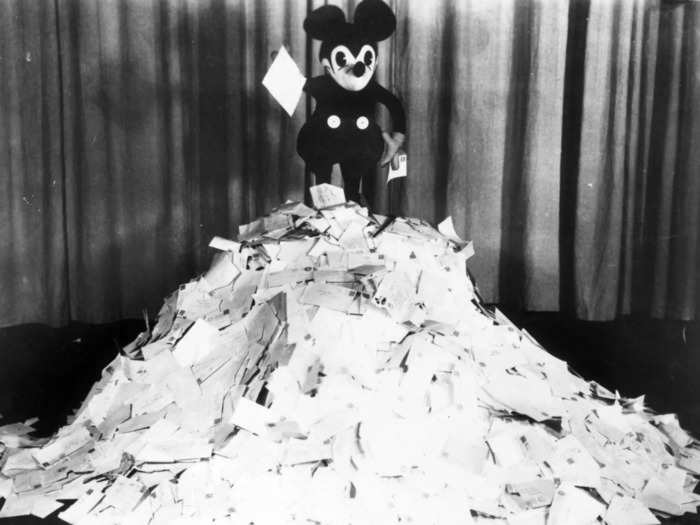
Lillian reportedly convinced him to change the name after she insisted that Mortimer sounded "too pompous," and that Mickey Mouse would be a more marketable name.
Mortimer has since morphed into Mickey Mouse's wise-cracking rival with an annoying catchphrase: "ha-cha-cha!"
Walt Disney did not actually design the final version of Mickey Mouse.
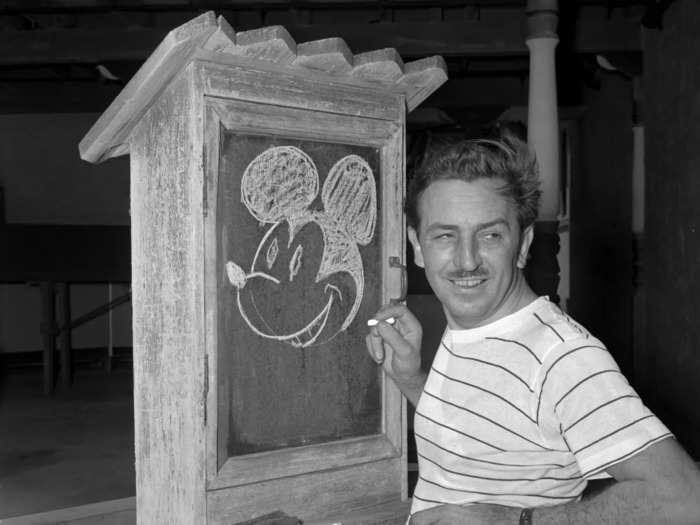
Even though we think of Walt and Mickey as partners, Walt Disney did not actually create the final design of Mickey Mouse, according to Disney archivist Dave Smith. He provided initial sketches and ideas for the famous rodent, but it was Walt Disney Studios animator Ub Iwerks who animated the Mickey we know and love today.
In fact, Walt Disney reportedly never drew Mickey unless a fan specifically requested it for an autograph.
But he did voice the iconic character for two decades.
When Mickey Mouse made his cartoon debut in 1929, Walt was unhappy with the way the character sounded, so he decided to voice Mickey Mouse himself, and continued to do so until 1947 when he said he became too busy with his growing business to voice Mickey.
Walt Disney once played Peter Pan in a school play.
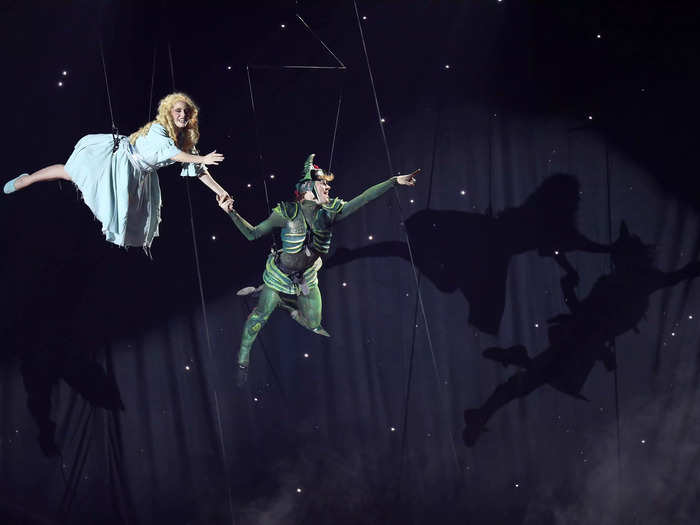
When Walt Disney was young, he played the part of Peter Pan in a school play, nearly four decades before the beloved animated classic would make its big-screen debut.
Disney was a high school dropout, though.
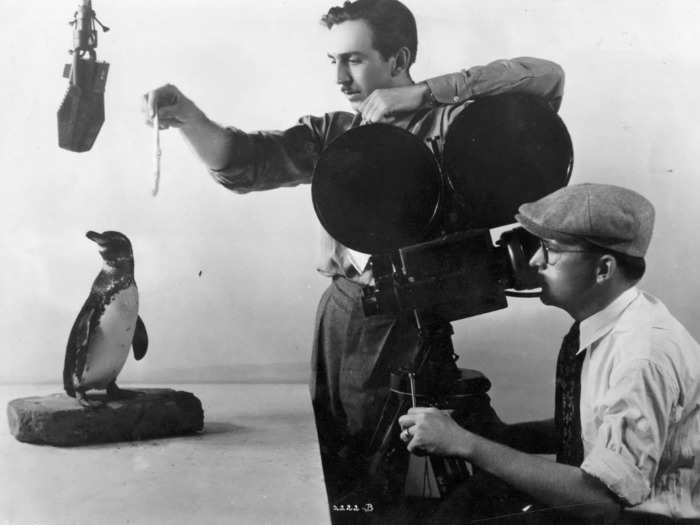
When he was 16, Walt Disney dropped out of high school to enlist in the army. Unfortunately, he was caught trying to join while underage and had to be content with volunteering with the Red Cross instead.
Walt Disney's first animation studio went bankrupt in less than a year.
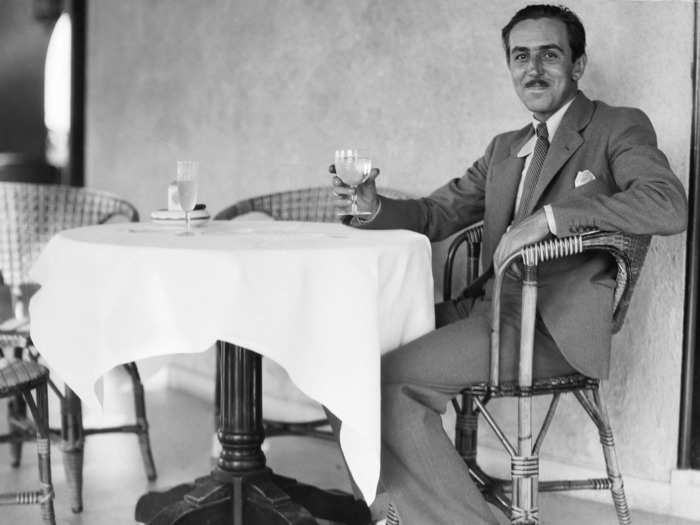
In 1920, Walt Disney started his first animation studio, Laugh-o-Gram, in Kansas City, Missouri, where he produced animated cartoons based on fairy tales. Less than a year after opening the studio, Disney filed for bankruptcy.
Disney was laughed at for wanting to create a feature-length animated film.

It's hard to imagine a time when animated films were considered a ridiculous concept, but when Walt Disney set out to create the first feature-length cartoon in 1937 — "Snow White and the Seven Dwarfs" — he was laughed at. The project became known in the industry as "Disney's folly."
But he surprised everyone when "Snow White" premiered to packed houses, and Disney won an honorary Academy Award (and eight Oscar statuettes: one normal-sized and seven dwarf-sized), for the breakthrough project, according to the Walt Disney Family Museum.
The tables were soon turned - Walt Disney still holds the record for most Academy Award wins ever.
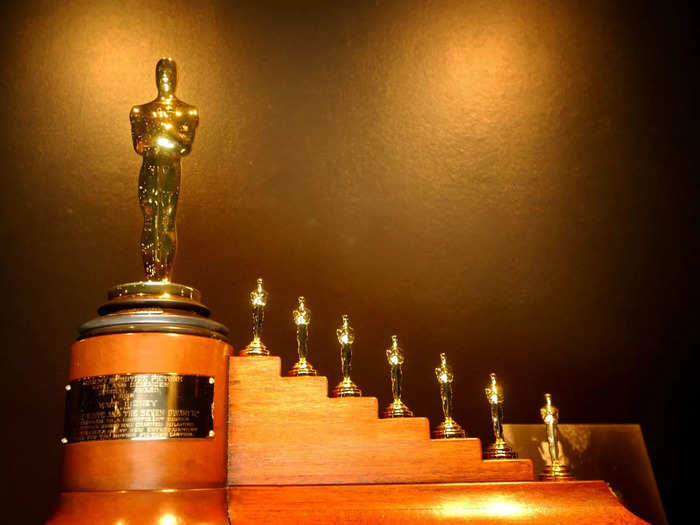
Walt Disney went on to win 32 Academy Awards throughout his career and still holds the record for the most Oscars won by an individual, according to the Walt Disney Family Museum.
Disney's success allowed him to buy a house for his parents, but he was guilt-ridden when his mother later died of carbon monoxide poisoning in that house.
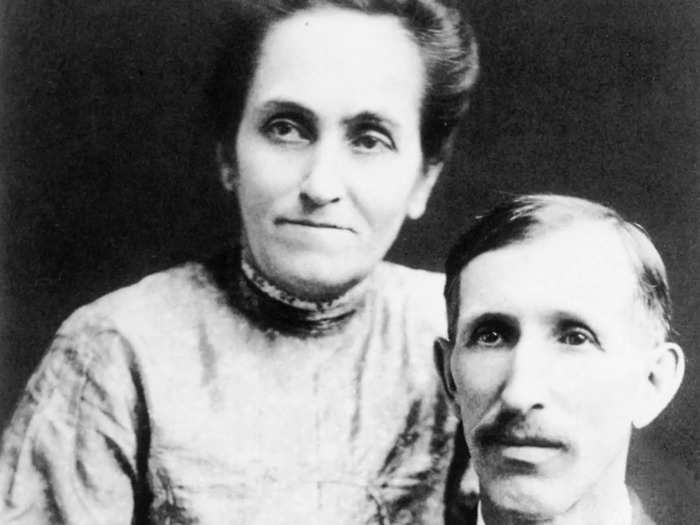
In 1938, after the financial success of "Snow White and the Seven Dwarfs," Walt Disney and his brother Roy bought their parents a brand-new house in North Hollywood.
His parents reportedly routinely complained about a faulty furnace in the home. Their mother, Flora, later died of carbon monoxide poisoning from the furnace's noxious fumes, although their father, Elias, survived.
Disney worked for the United States government during World War II to create propaganda cartoons.
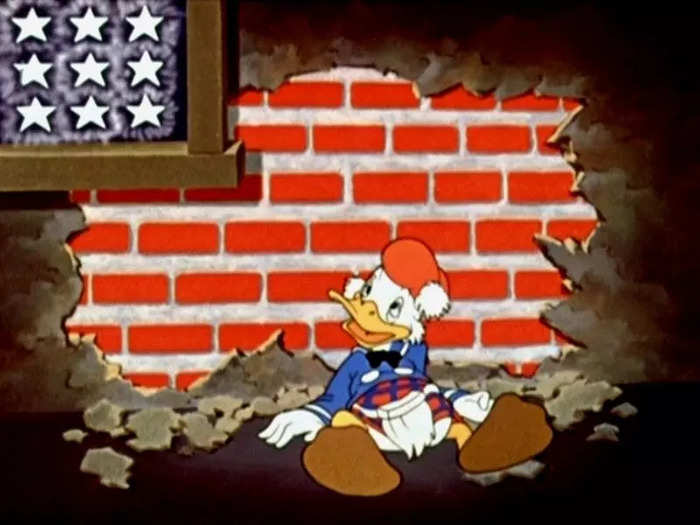
After half of his animation studio was drafted to join the armed forces during World War II, Walt Disney shifted the focus of his filmmaking to create propaganda cartoons for the United States government, often featuring beloved Disney characters like Donald Duck fighting Nazis.
He was also an outspoken opponent of communism during the Cold War's Red Scare.
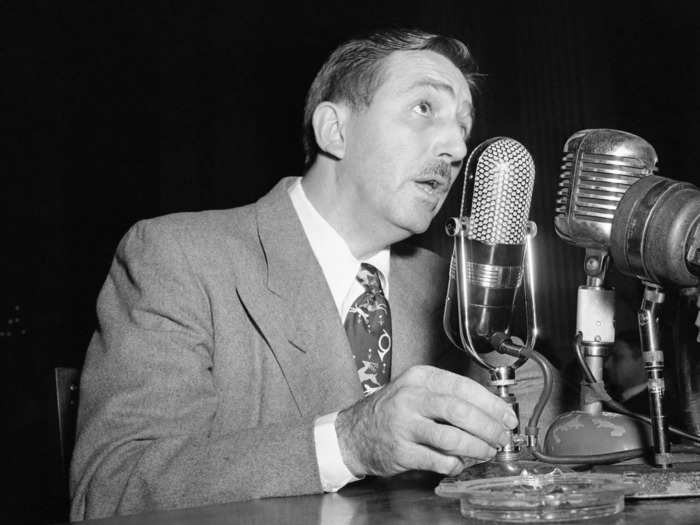
Walt Disney famously abhorred communism and even began accusing his own staff of being communists after they attempted to unionize and went on strike, according to Disney historian Jim Korkis.
He also testified as a "friendly witness" during a meeting of the House Un-American Activities Committee during the height of the Red Scare and identified one animator by name, according to FBI documents.
Walt Disney received a Presidential Medal of Freedom from President Lyndon B. Johnson.
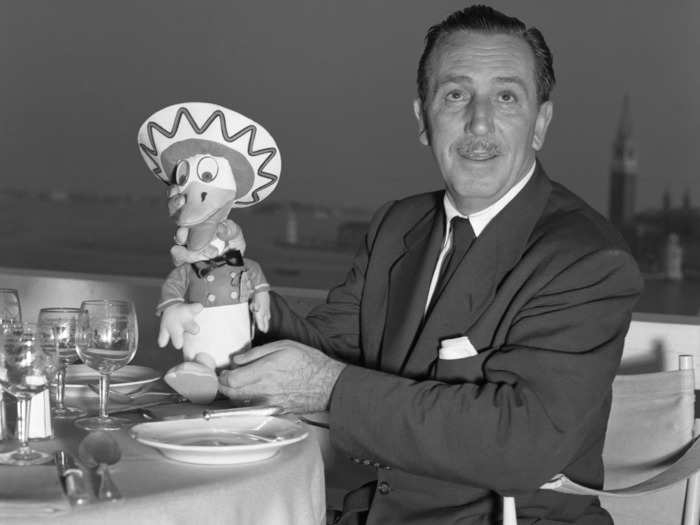
President Lyndon B. Johnson awarded the Presidential Medal of Freedom to Disney in 1964, describing him as an "artist and impresario, in the course of entertaining an age, he has created an American folklore."
At one time, Disney was the only person who was allowed to make a cartoon in full Technicolor.
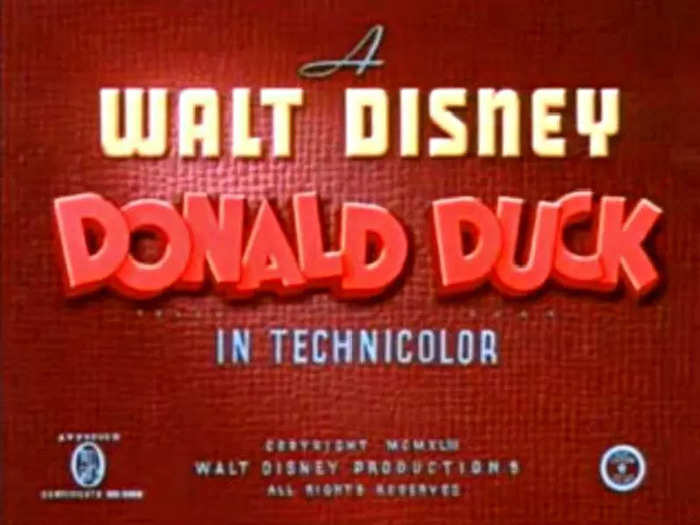
In 1932, Disney produced the first-ever full-color Technicolor cartoon, "Flowers and Trees," and from then until the end of 1935 he had exclusive rights to use the new three-color animation process. All other color cartoons had to be made the old way, using the out-of-date two-color process.
Walt Disney thought of the idea of Disneyland while sitting on a park bench watching his daughters ride a merry-go-round.
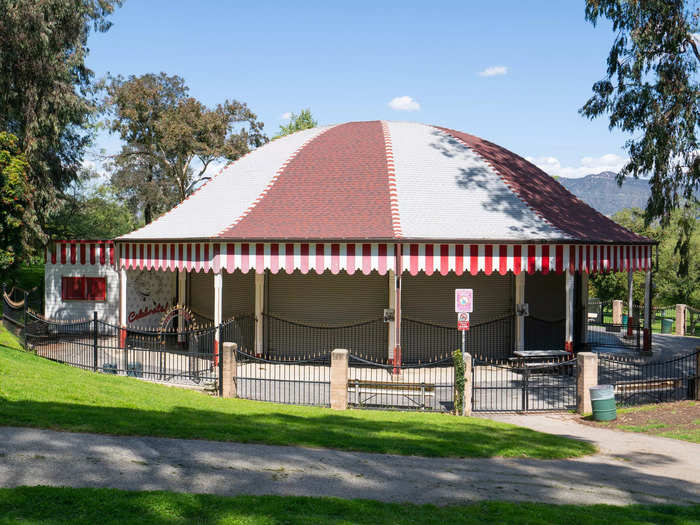
As the story goes, Walt Disney would often take his daughters to Griffith Park in Los Angeles. It was during one of these visits, while Walt was sitting on a park bench watching his daughters ride the merry-go-round, that he thought of the idea of a large-scale park where families could enjoy multiple attractions in one place.
The Griffith Park merry-go-round still entertains families today, 91 years after it was built, and the park bench itself is on display at the Walt Disney Family Museum in Missouri.
Walt Disney bought the land that would become Disney World under several fake names to keep his identity secret.
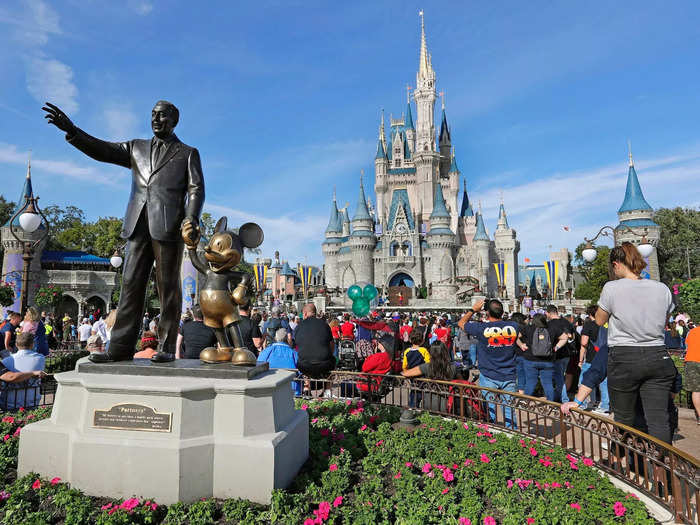
By the mid-1960s, with the success of Disneyland reaching exponential heights, rumors swirled that Walt Disney was looking to create an "east coast Disneyland." When Walt Disney was looking for a location for his next theme park venture, he stumbled upon the ideal swamplands around Orlando, Florida.
In order to keep his purchase of 27,000 acres a secret, Walt Disney created fake "shell companies" like Tomahawk Properties and the appropriately named M.T. Lott Co. to keep his identity discreet. A famous Orlando Sentinel headline proclaimed "We Say It's Disney!" in an article speculating about the mysterious "Project X," or "The Florida Project," which would soon become Walt Disney World.
He based the design of Main Street, USA, off the main street in his hometown in Missouri.
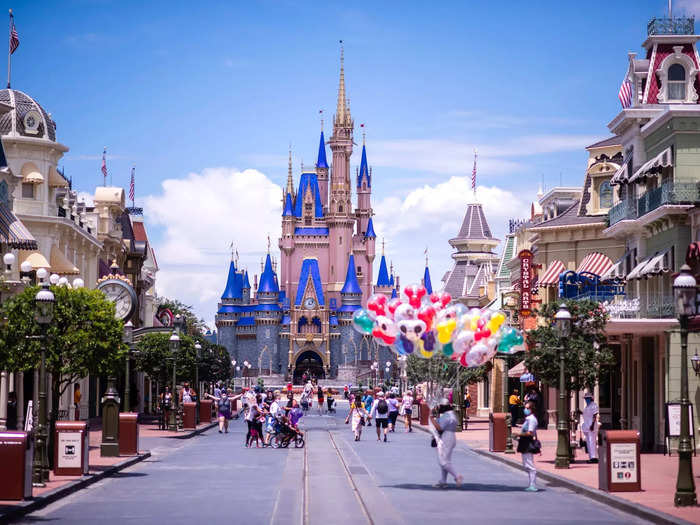
While Main Street, USA, in Disneyland and Walt Disney World is supposed to represent every-town Americana, Walt Disney drew inspiration from his childhood hometown of Marceline, Missouri, where he lived from ages 5 to 9 after the family moved from Chicago. The small rural town with a population of just over 2,200, touts itself as Walt Disney's hometown.
Walt Disney had a secret apartment above the firehouse on Main Street.
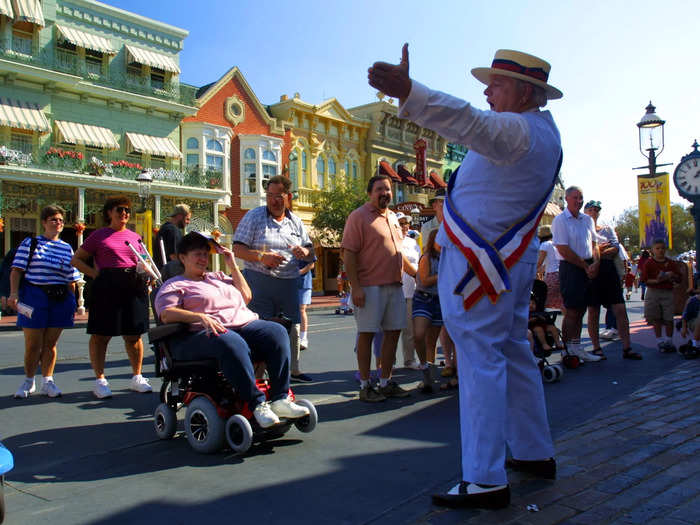
One of the worst-kept secrets in Disneyland is Walt's hideaway apartment, located above the fire department on Main Street, where the Disney family would go to get some work done without being disturbed or to entertain high-profile Disneyland guests.
To this day, you can still see a lamp lit in the window of the apartment, day and night, to represent that "the boss" is still there in spirit.
Disney invented audio-animatronics, and the first was on display at the 1964 World's Fair.
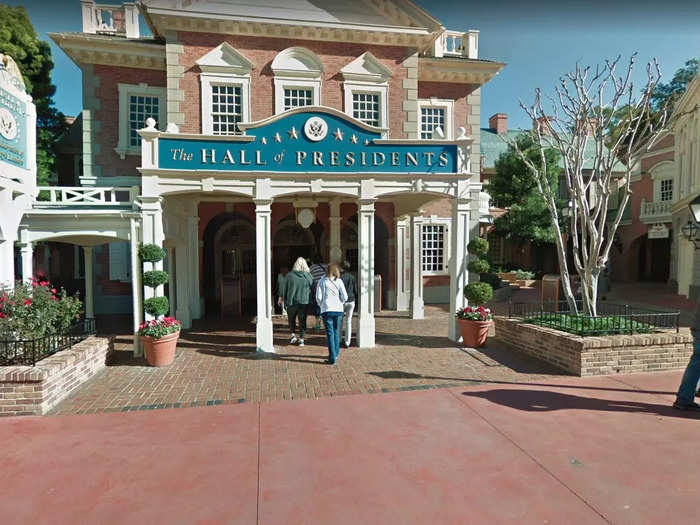
If you've ever been to a Disney theme park, or even a Chuck E. Cheese, you've seen Walt Disney's audio-animatronics.
These human-like robots can blink, talk, move, and even — as later Disney models demonstrate — interact with guests. The first audio-animatronic was an Abraham Lincoln figurine, created specifically for the 1964 World's Fair, which later became the basis for Disney's Hall of Presidents.
Walt Disney's housekeeper died a multimillionaire thanks to the stocks he gave her every year.
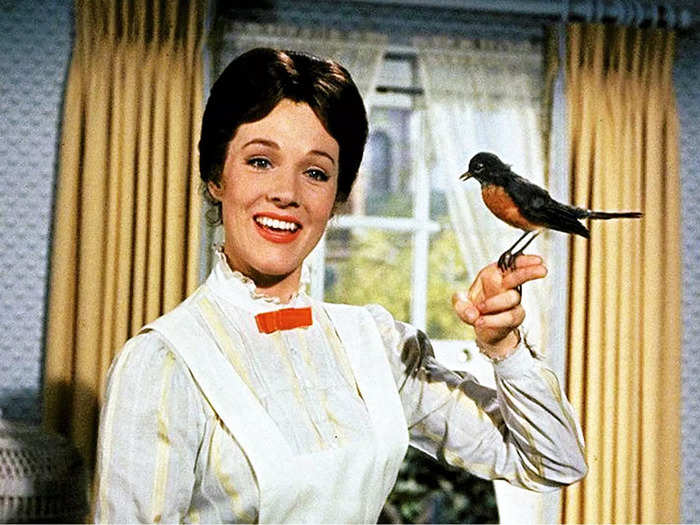
Thelma Howard was the Disney family's longtime housekeeper, who became an important part of the family throughout her 30 years of employment. Walt often referred to her as the "real-life Mary Poppins."
Every year for the holidays, Walt Disney would gift her shares of Disney stock. By the time she died in 1994, she had amassed nearly $9.5 million, and the fortune was divided among her surviving heirs.
READ MORE ARTICLES ON
Popular Right Now
Popular Keywords
Advertisement